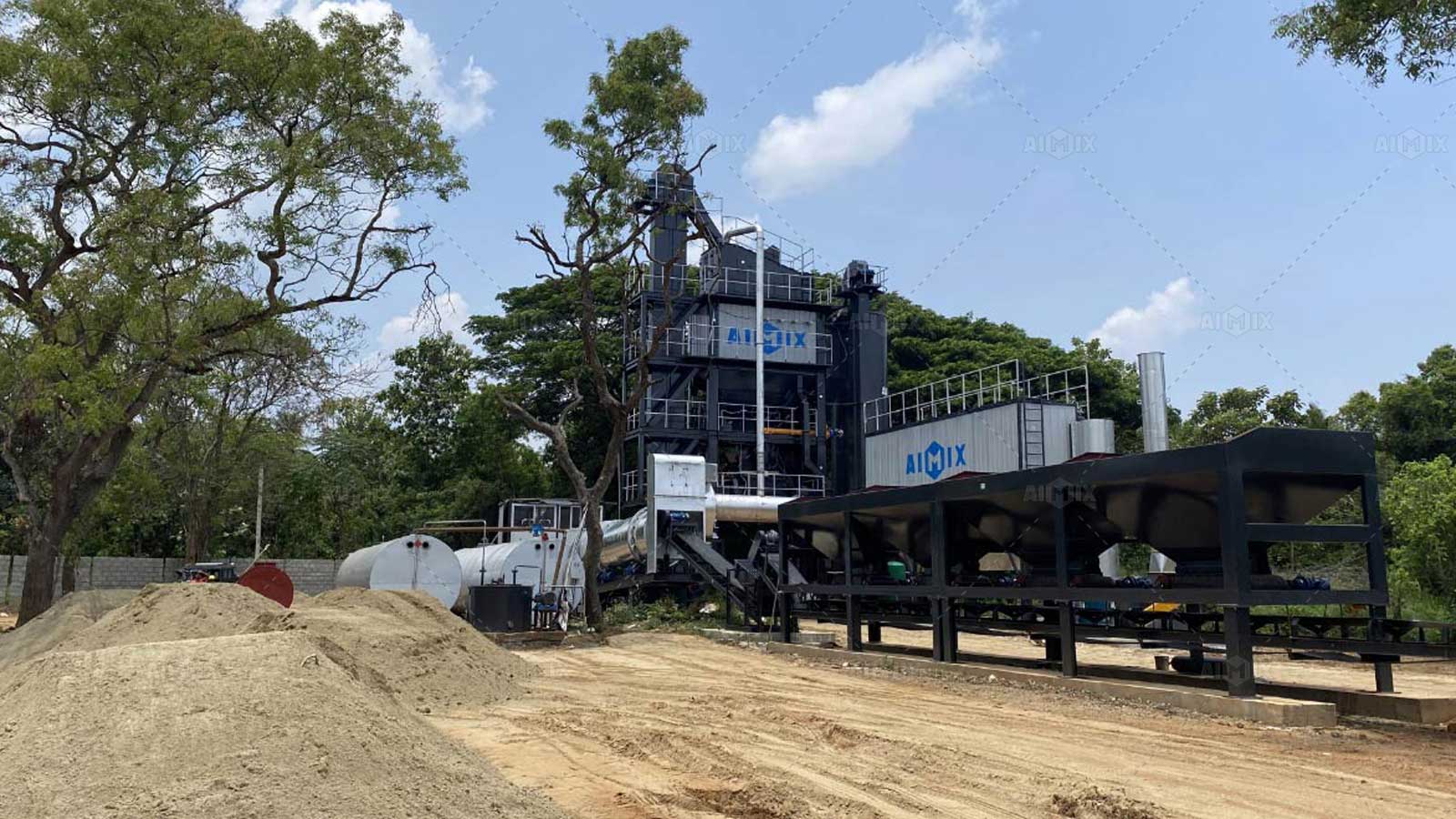If you're in the construction or infrastructure sector, you already know how critical it is to have consistent, high-quality aggregates of different sizes. Projects often demand a mix of 0–5 mm fine sand, 5–10 mm small stones, and 10–20 mm medium stones—all at once. But not every crushing plant setup can handle this job efficiently. So, what's the best configuration of crusher machine to produce all three sizes in a single process? Let's explore.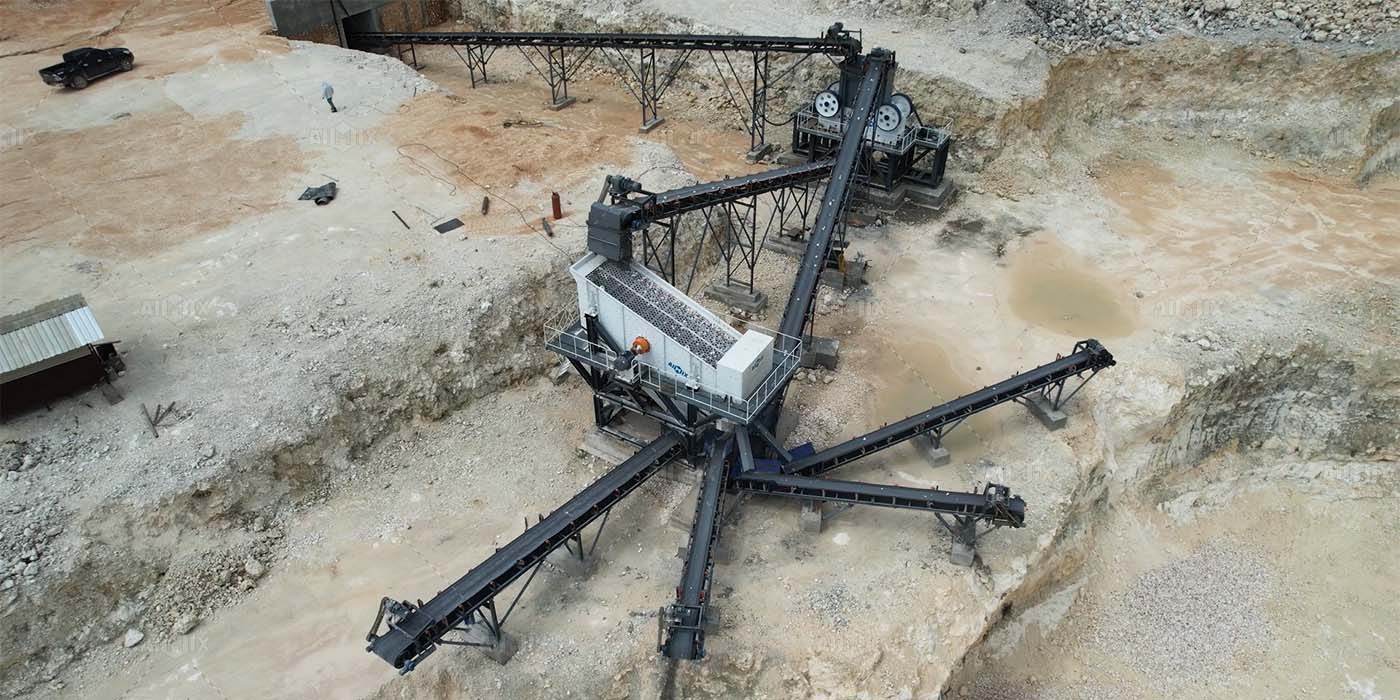
Why Simultaneous Production of Multiple Aggregate Sizes Matters
On busy construction sites, time is money. When you can produce all needed sizes in one go, you reduce material handling, lower labor costs, and speed up delivery to job sites. Plus, the quality and uniformity of the aggregate remain consistent. This is especially important for projects like road paving, concrete mixing, and building foundations.
More Output, Less Delay
Having a well-planned setup means you avoid downtime caused by changing screens or switching machines. It boosts output and keeps your production line stable and predictable.
Key Factors in Choosing the Right Crushing Plant Setup
Now that we understand the benefits, let’s look at how to choose the ideal aggregate crushing plant layout. A good setup balances efficiency, flexibility, and final product quality.
1. Primary and Secondary Crushers
A jaw crusher works best for the primary stage. It breaks large rocks into manageable sizes. For the secondary stage, a cone crusher or impact crusher refines the material into smaller pieces.
2. Vibrating Screens with Multiple Decks
After crushing, material flows to a vibrating screen. A 3-deck screen is ideal for this task. It separates the crushed stones into three precise sizes: 0–5 mm, 5–10 mm, and 10–20 mm—each collected in a separate output belt.
3. Belt Conveyors and Distribution
Efficient belt conveyors ensure smooth transfer between stages. With a well-placed layout, you avoid material loss and reduce wear on machines.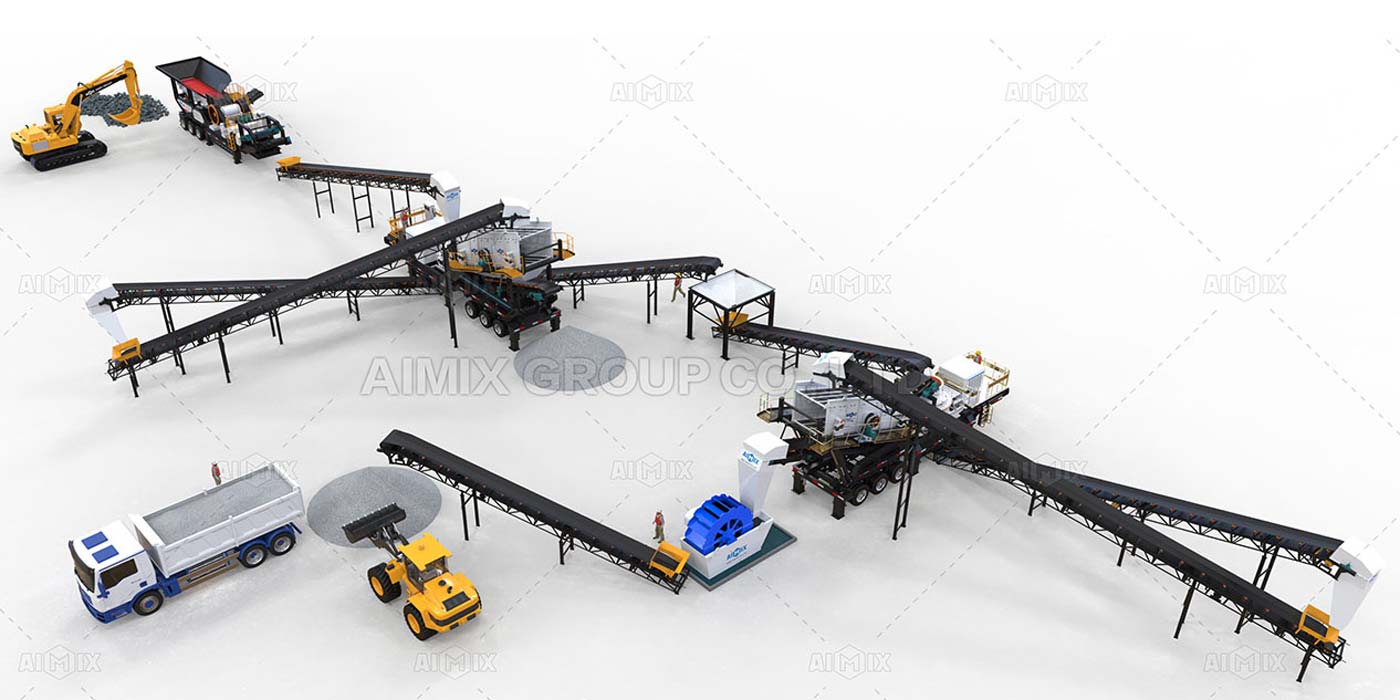
Which Setup Works Best for These Needs?
To produce multiple sizes in one go, a mobile or stationary setup with a combination of jaw crusher + cone/impact crusher + triple-deck vibrating screen is the most effective. The layout should be compact yet powerful enough to handle high volumes. Whether fixed or mobile depends on your project site conditions.
Stationary Plant
Ideal for long-term projects or when you have a fixed location. You get more output and can scale up with additional units if needed.
Mobile Plant
Perfect for projects that change locations frequently. Mobile mesin penghancur batu are easy to transport and set up. You can finish crushing and screening at the site itself, saving on transport costs.
What Else Should You Consider?
Besides equipment, consider after-sales service, maintenance ease, and automation features. Modern crushing plants come with smart control panels, which allow real-time monitoring. This improves reliability and reduces human error.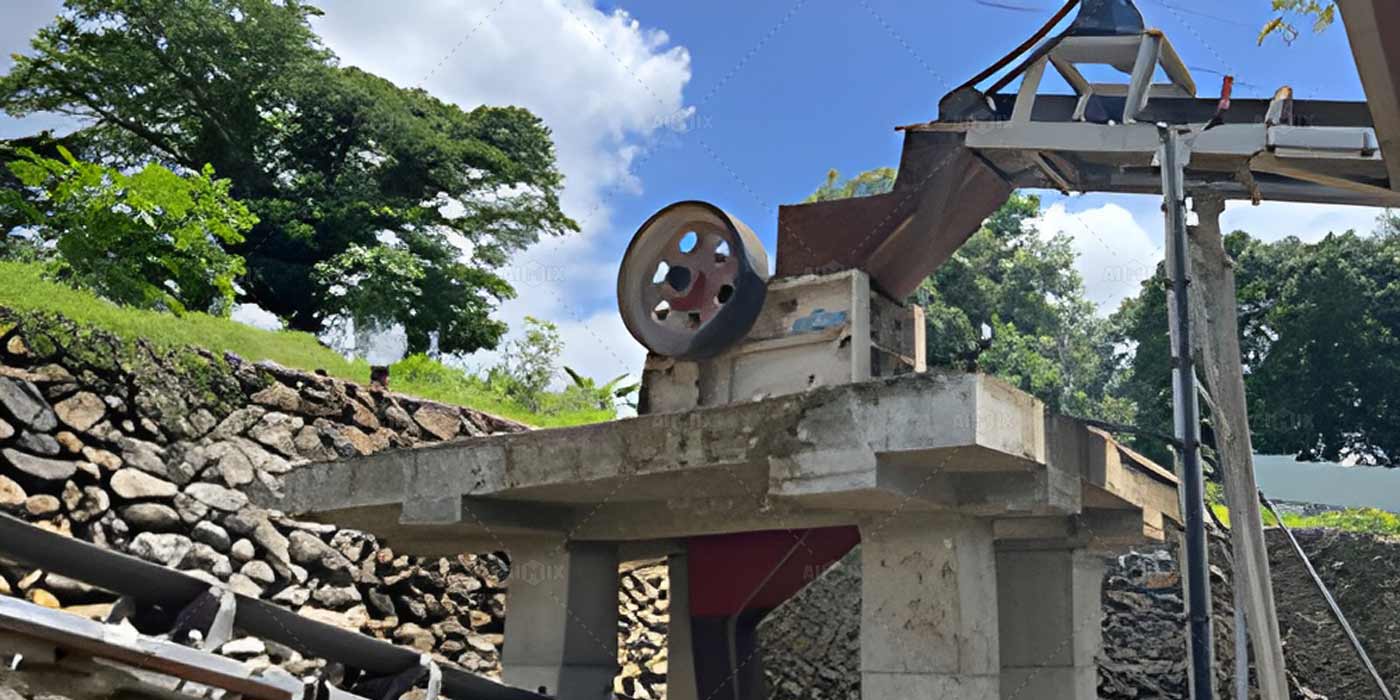
How AIMIX Can Help You Build the Right Crushing Solution
At AIMIX, I help clients select crushing plant setups that meet real-world demands. Whether you need a mobile plant for short-term work or a robust stationary system for large-scale production, I can tailor the solution to match your budget, terrain, and capacity needs. Our integrated setups are designed to produce 0–5 mm, 5–10 mm, and 10–20 mm aggregates simultaneously—without complex adjustments or production delays.
All our plants are backed by strong technical support, rapid spare parts supply, and local service teams in Indonesia. I've worked with contractors, road builders, and mining operators who needed exactly this kind of reliable performance—and we delivered.
Let's Build Your Crushing Line Today
If you want to produce multiple aggregate sizes efficiently and reliably, it starts with the right plant layout. I'm here to help you find the best solution for your site. Reach out today, and let's plan your crushing setup together.
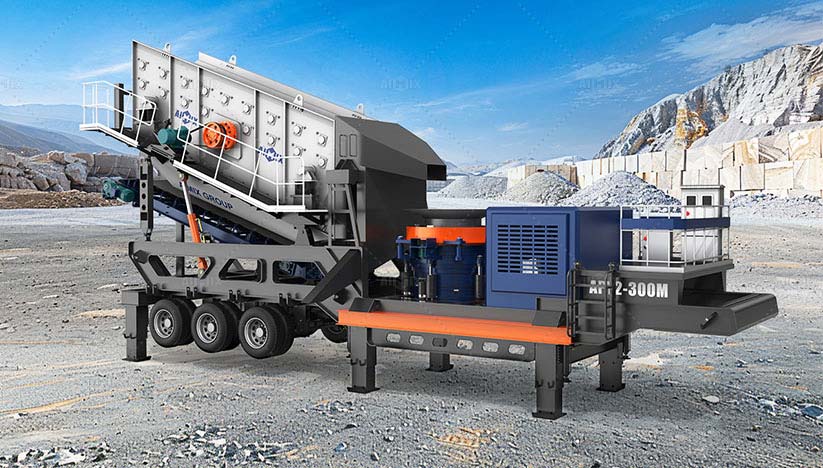
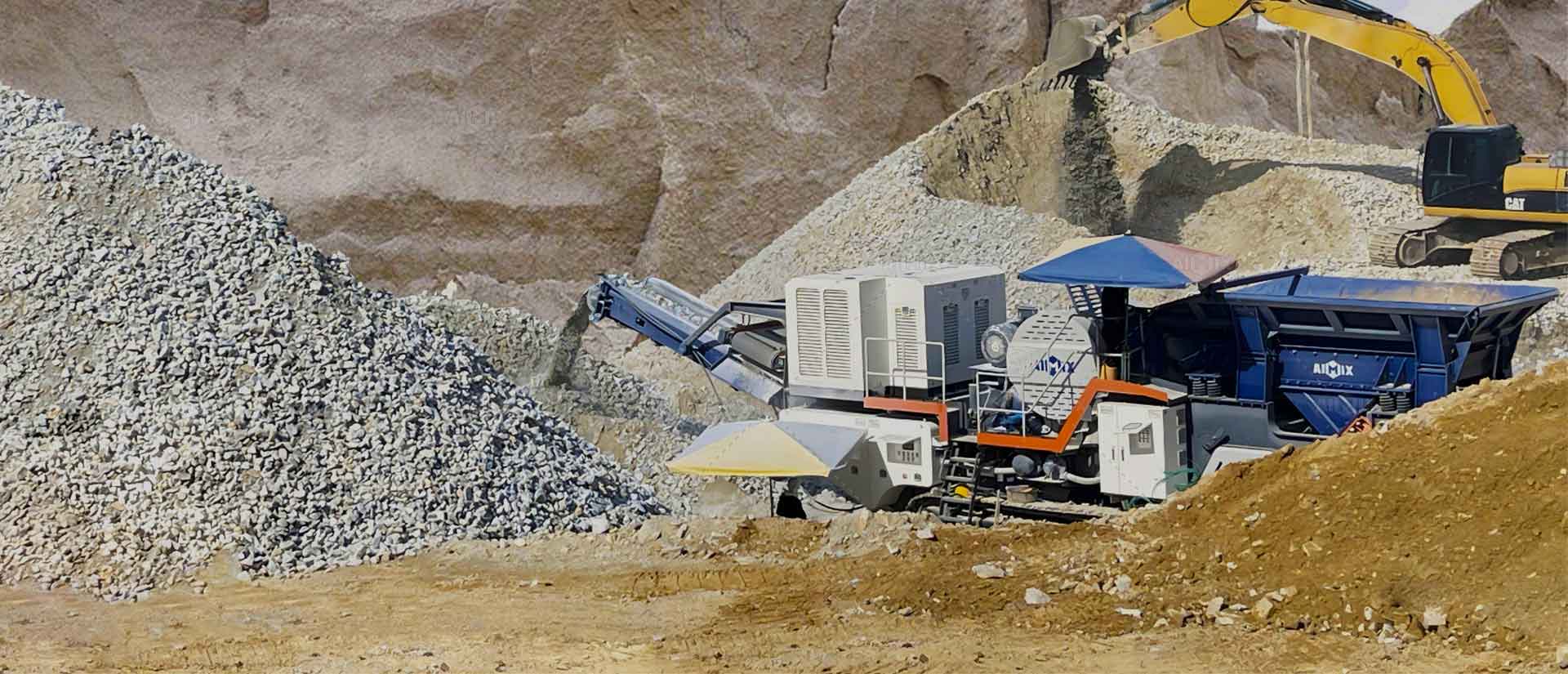
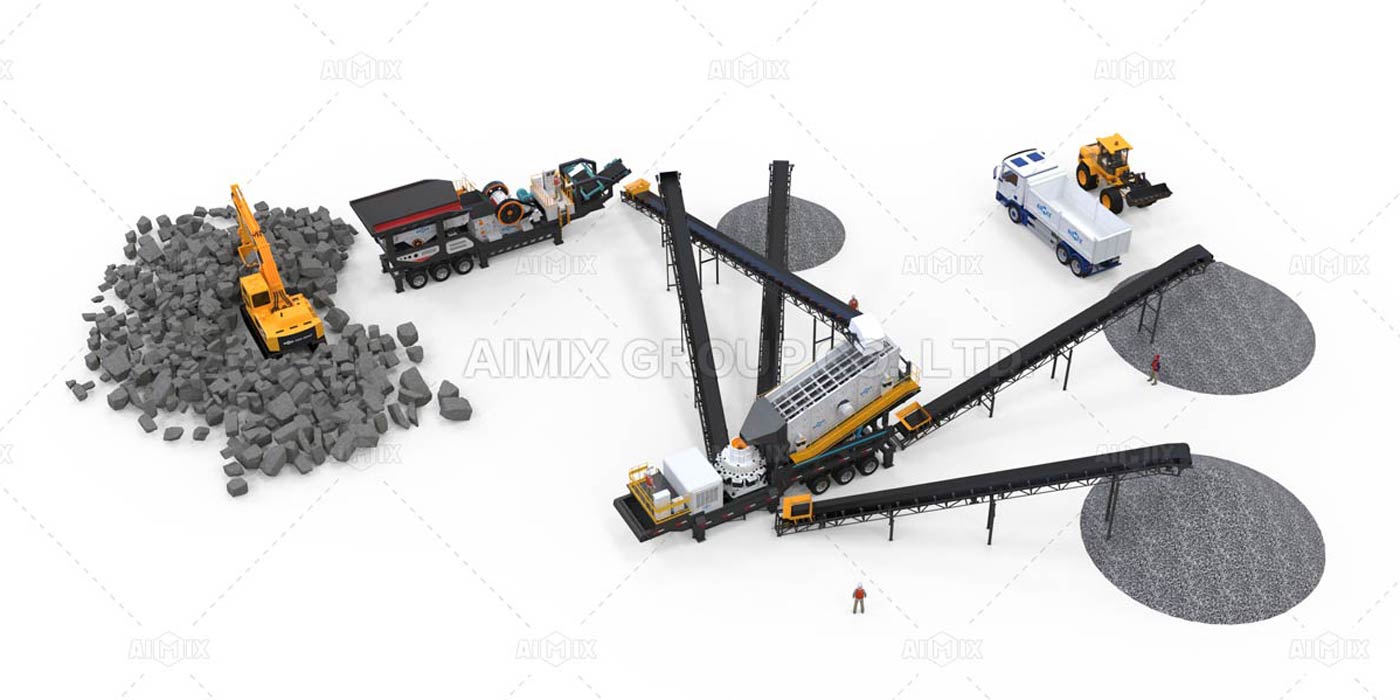
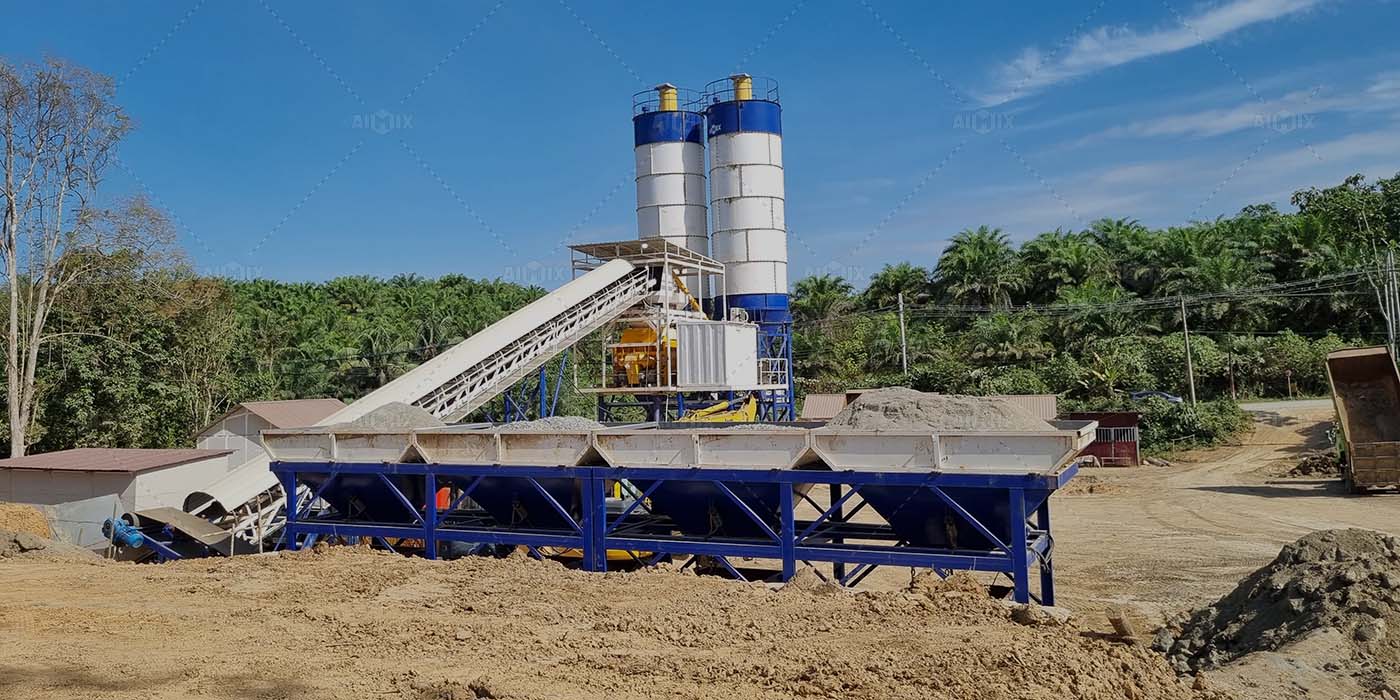
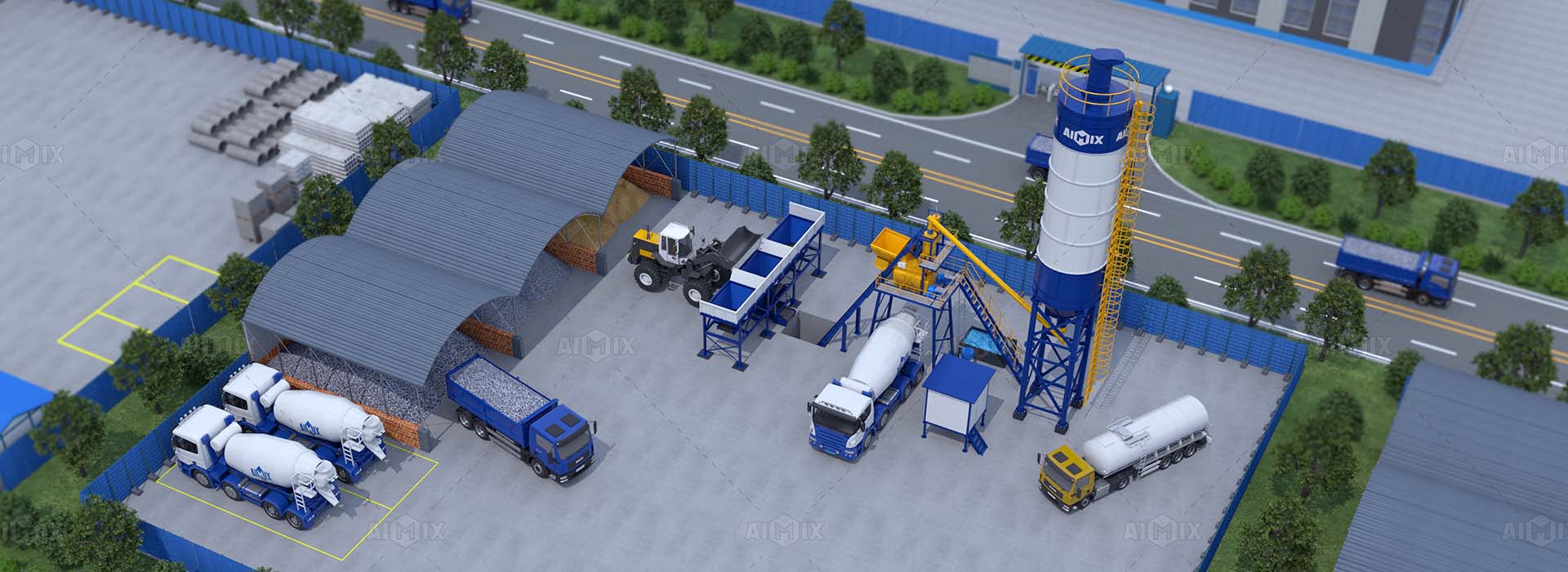
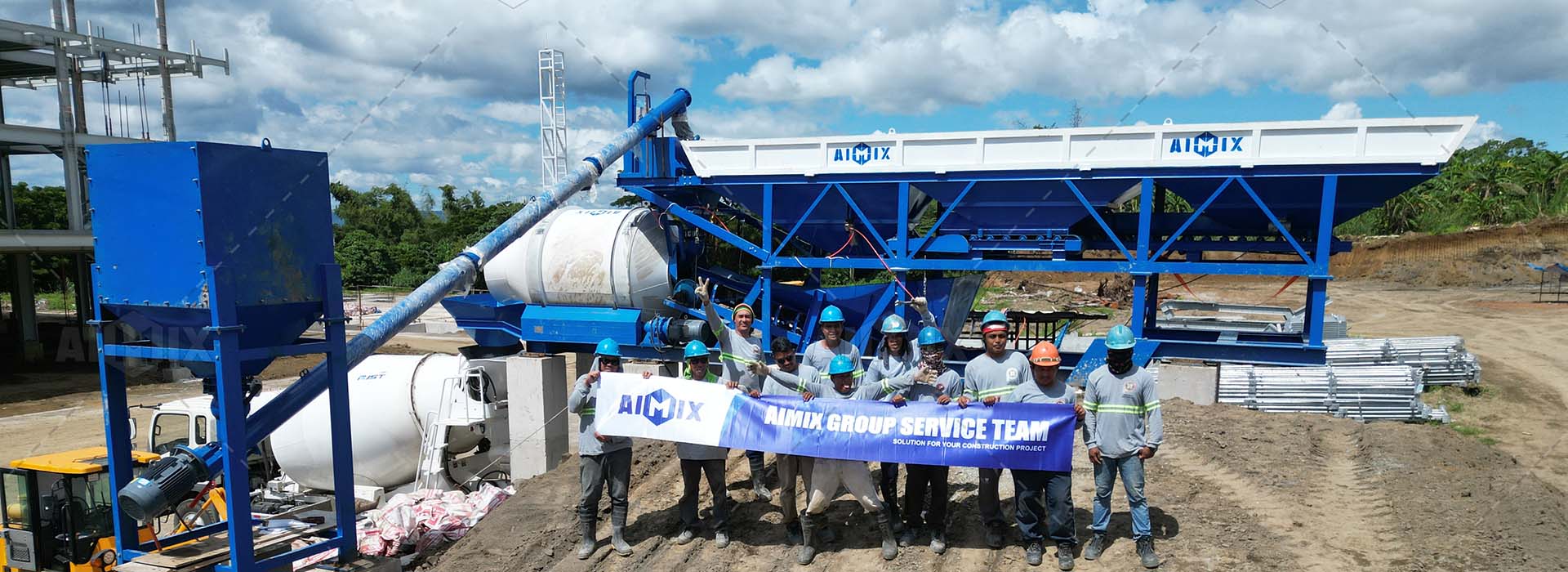
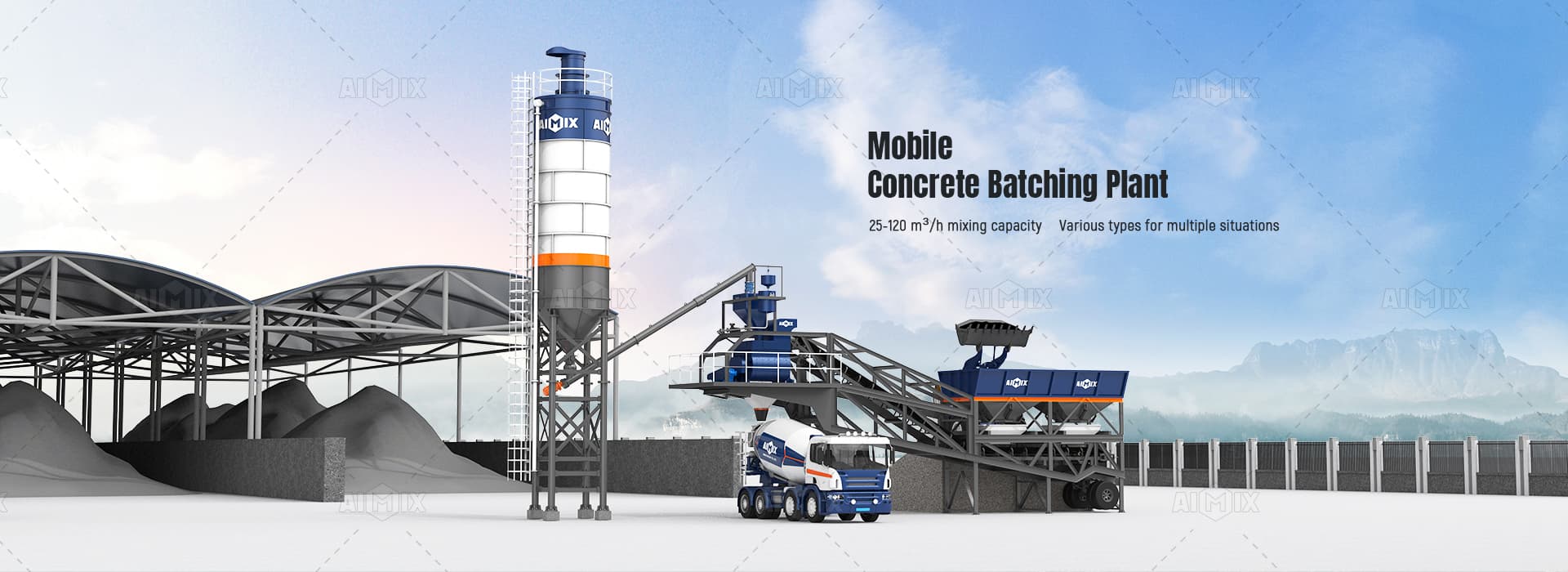
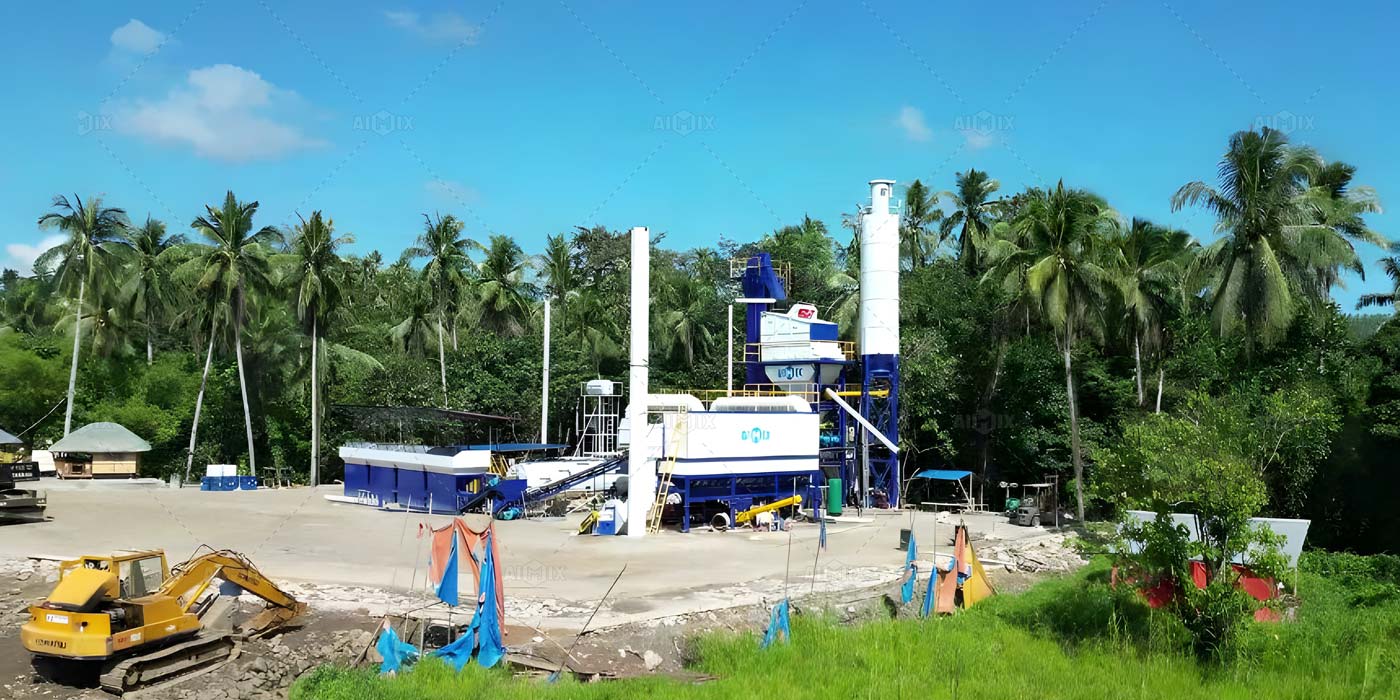
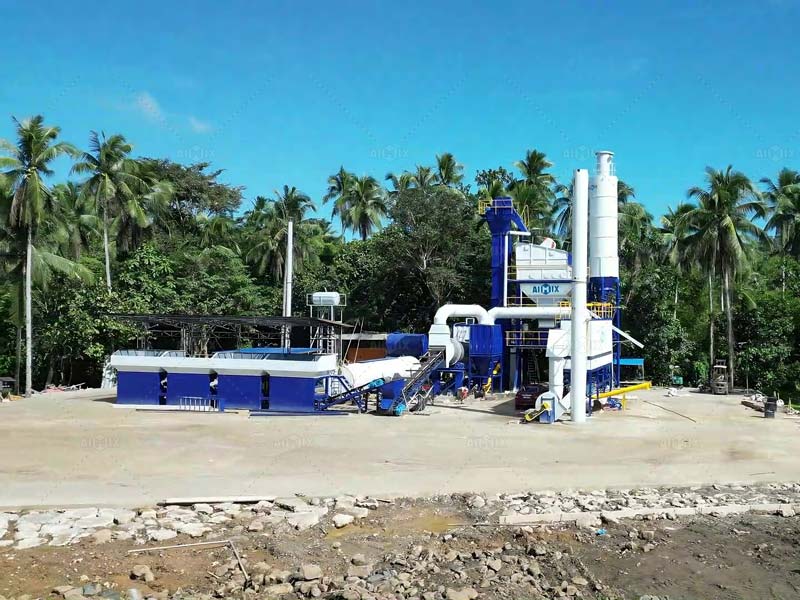
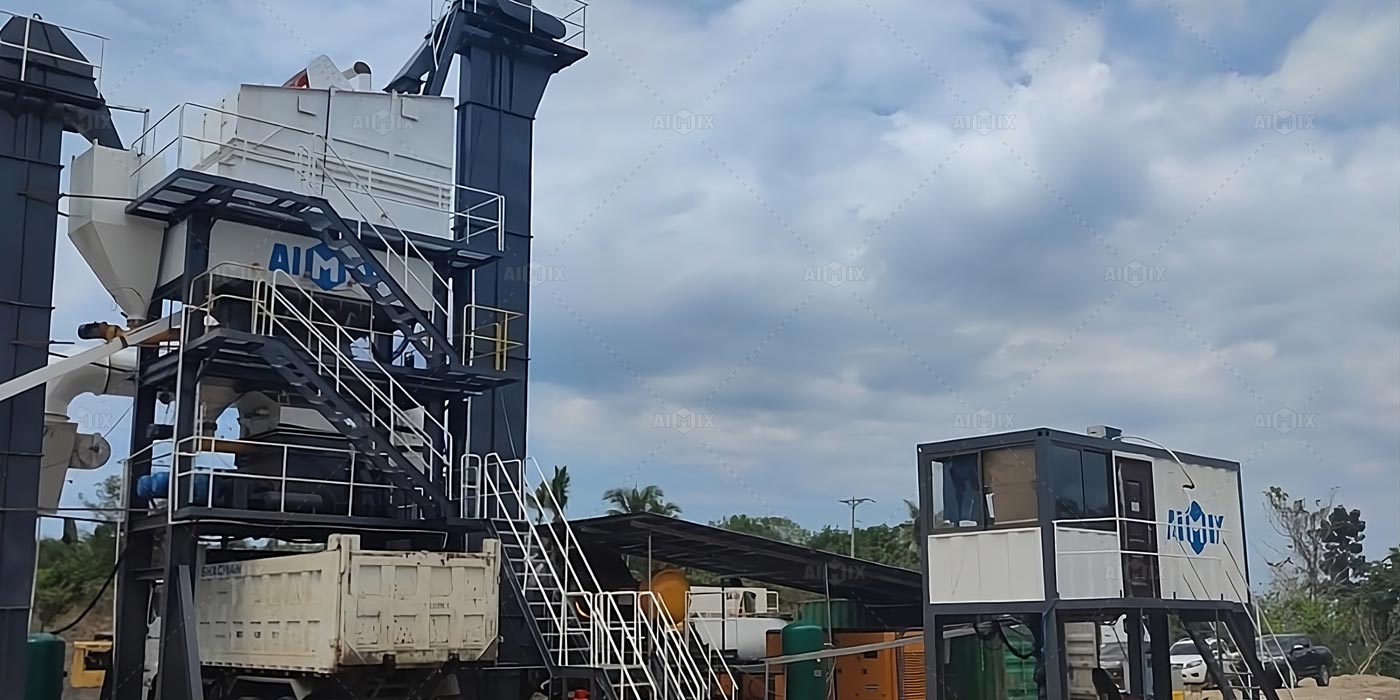
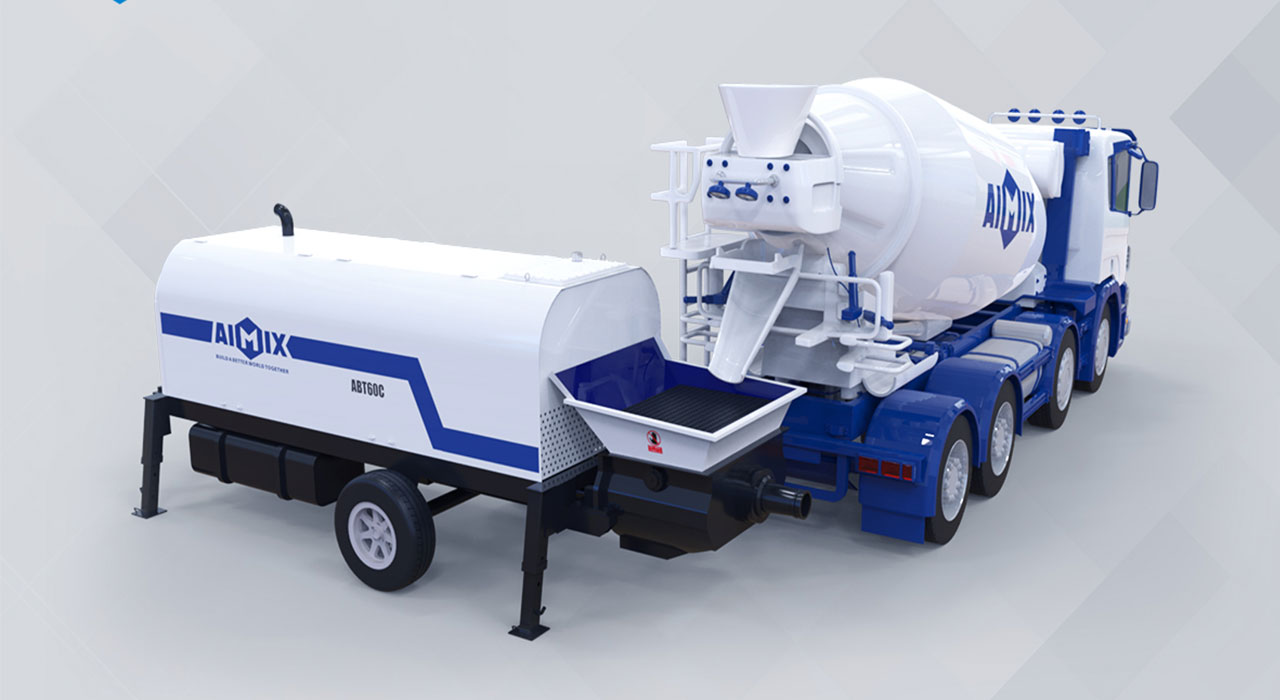
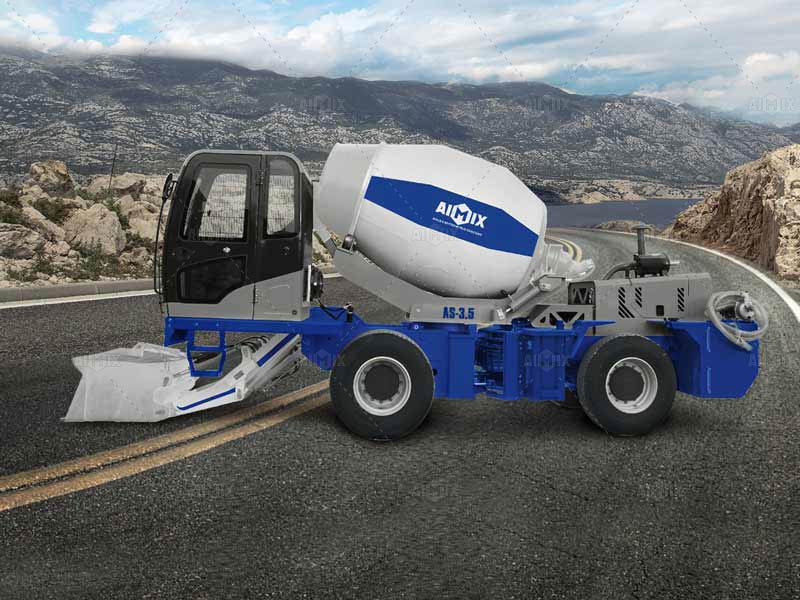

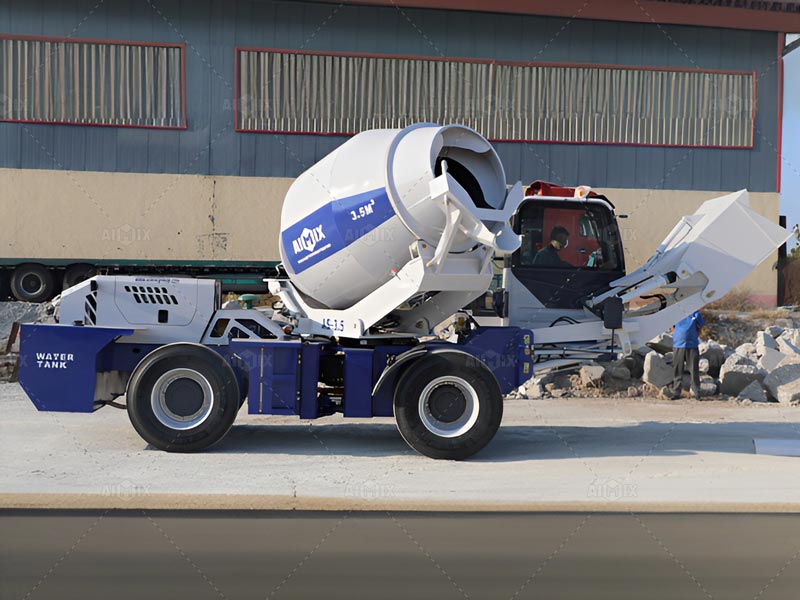
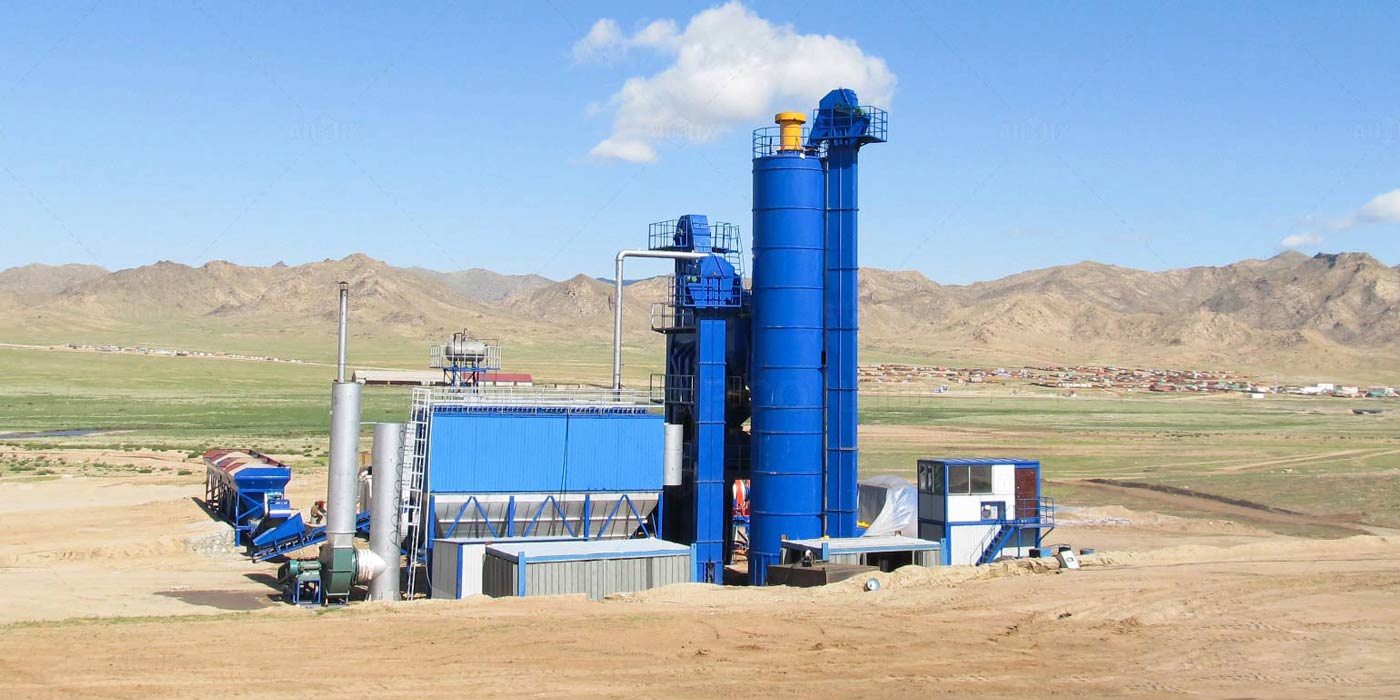
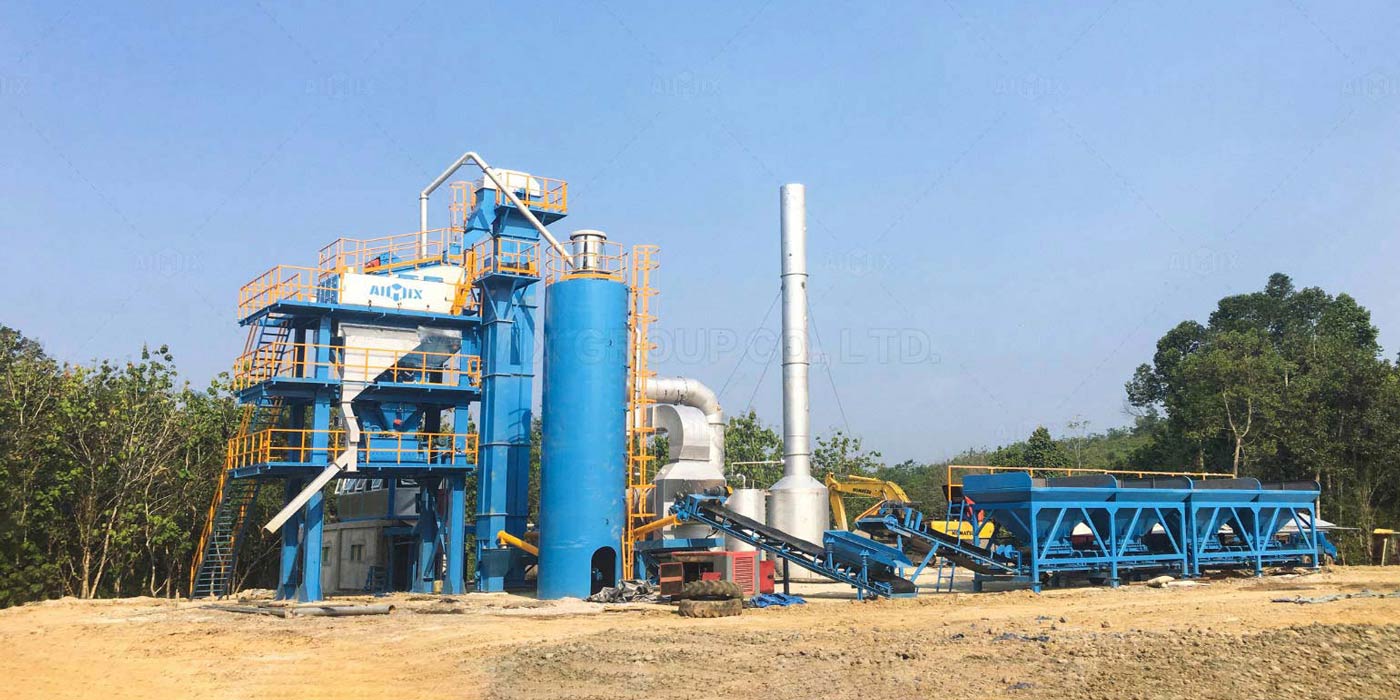

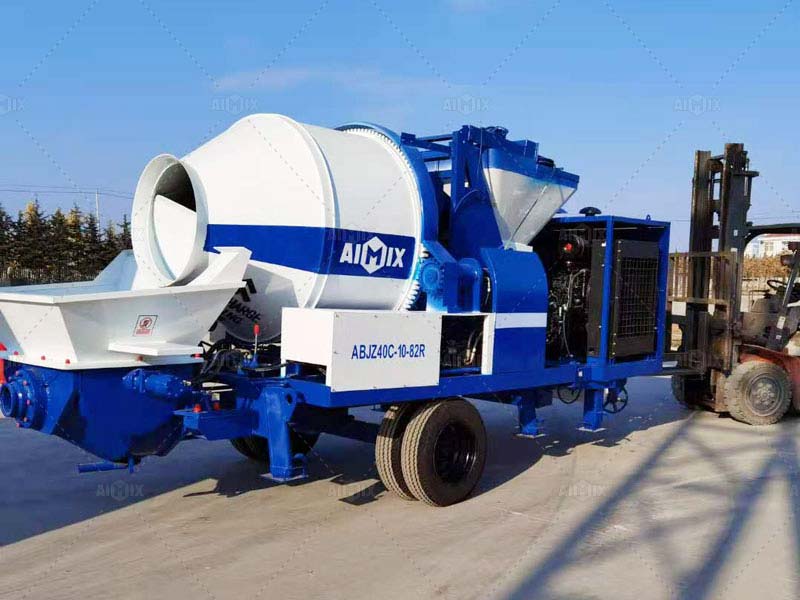
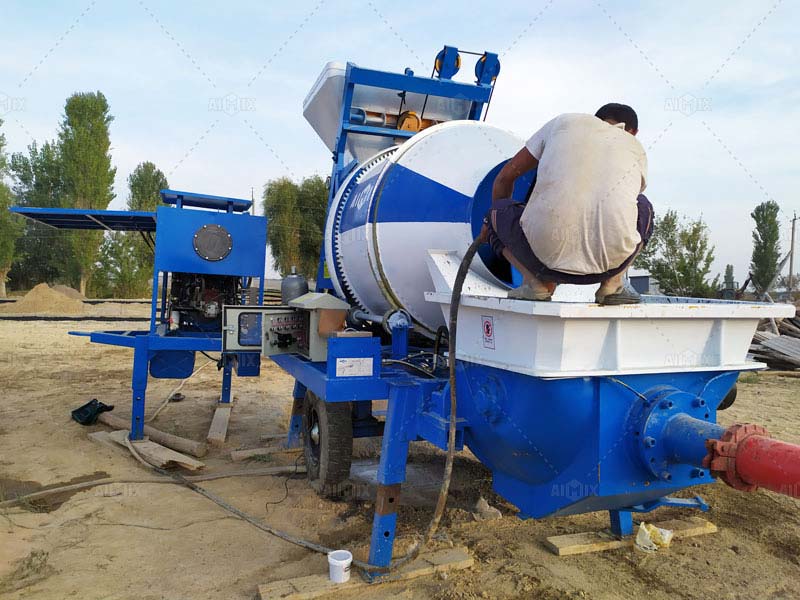
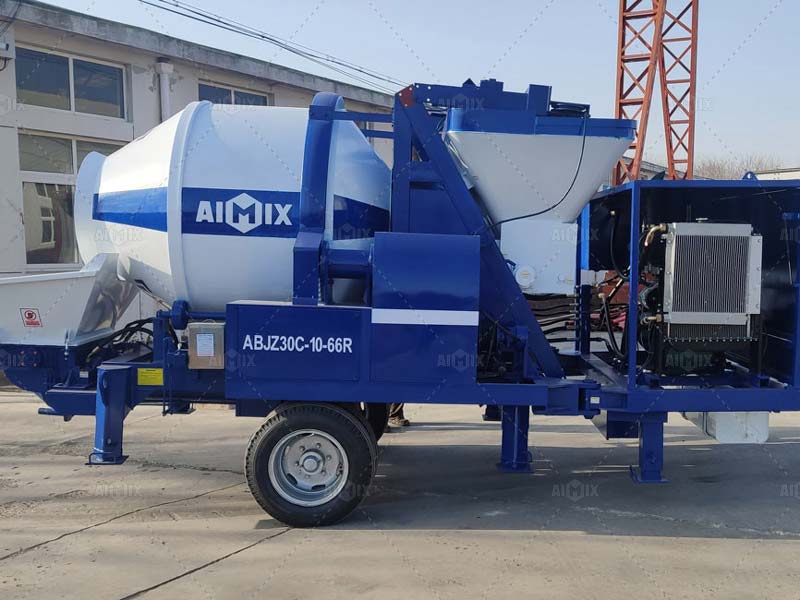
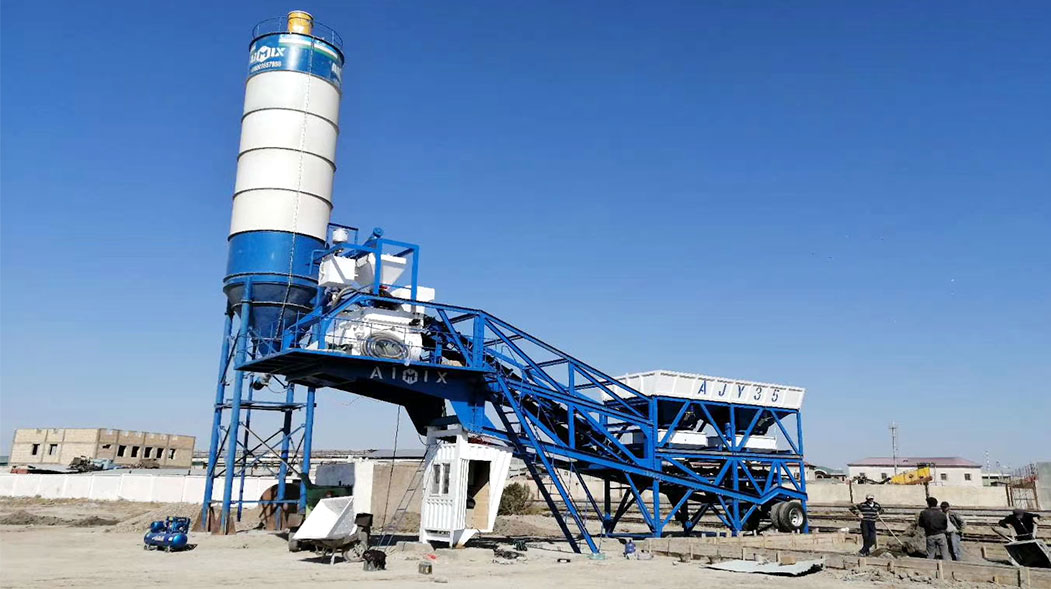

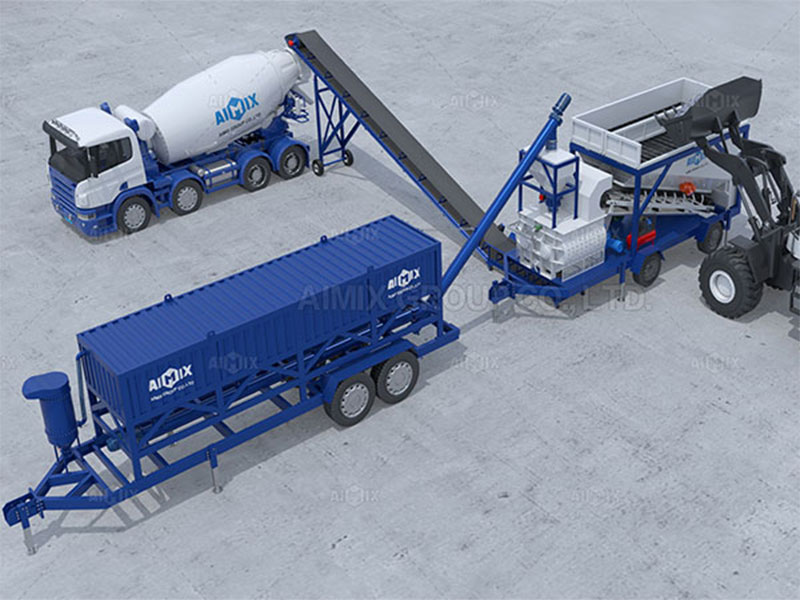
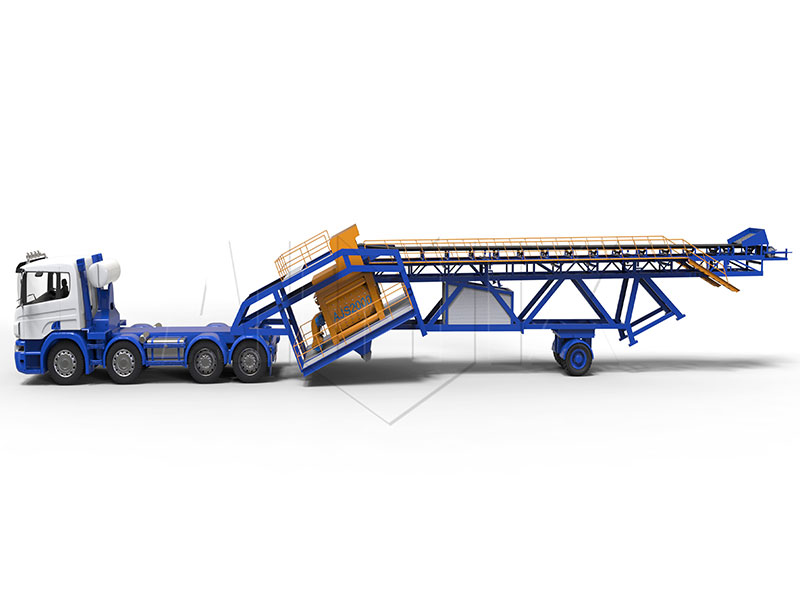
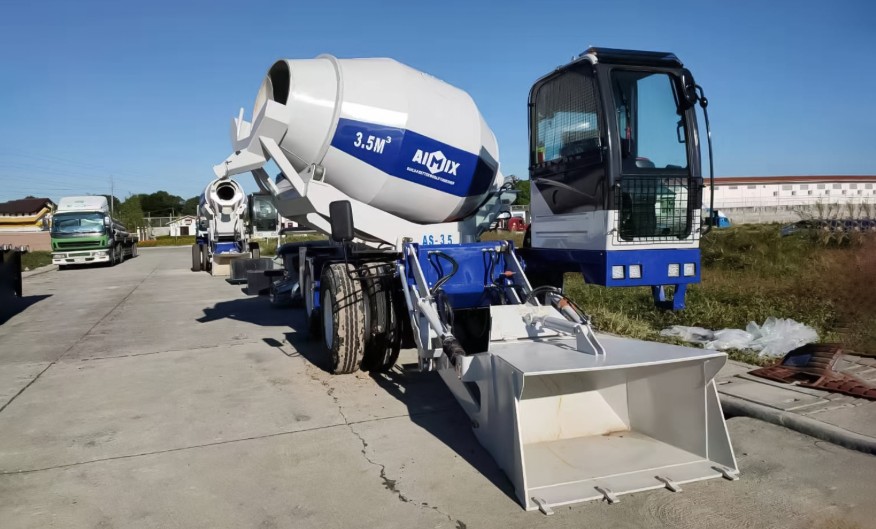
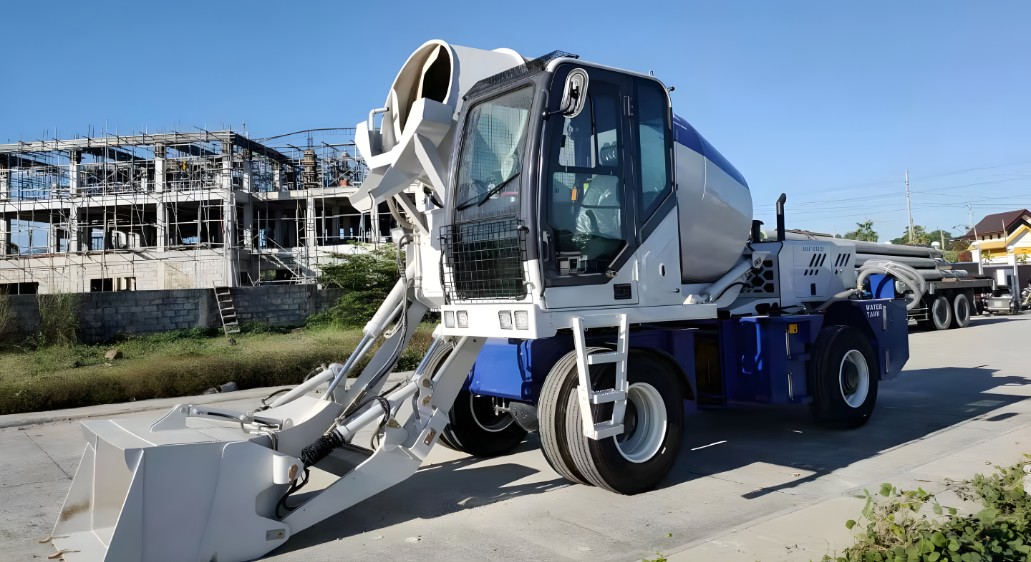

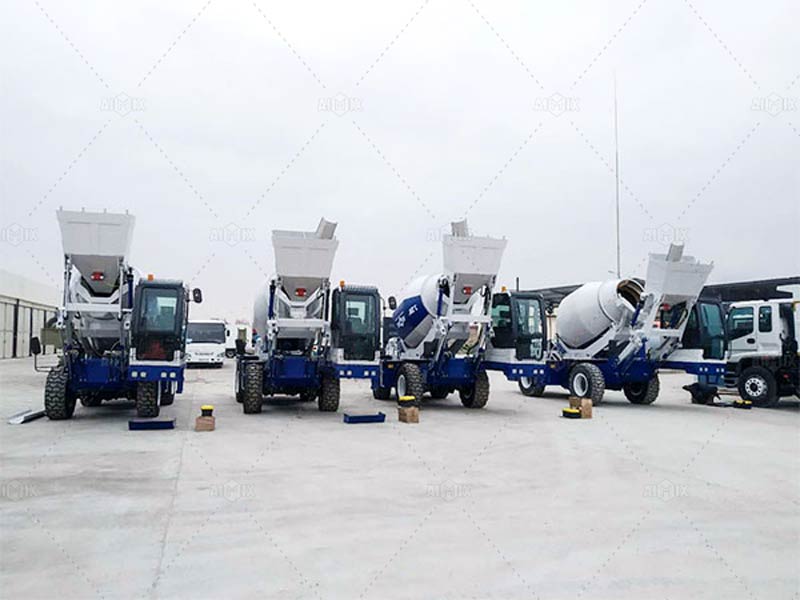

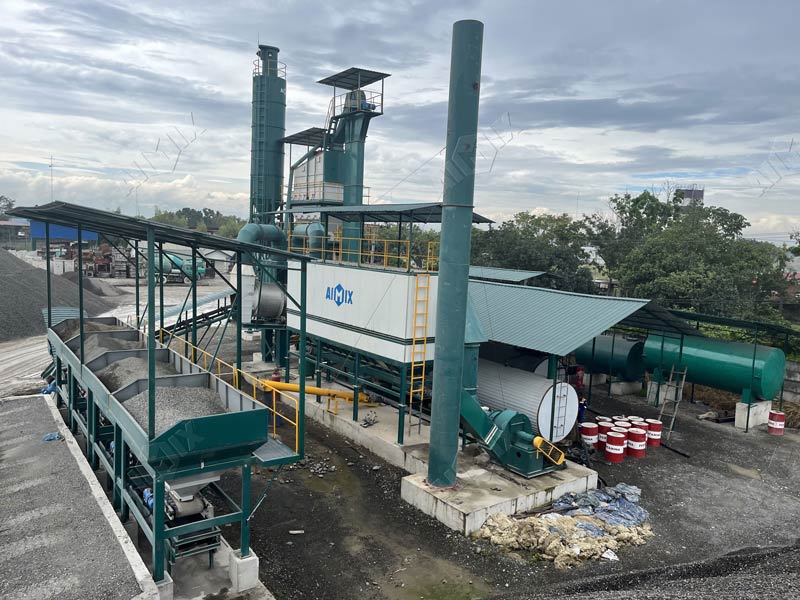 Thorough Planning for Safety
Thorough Planning for Safety
